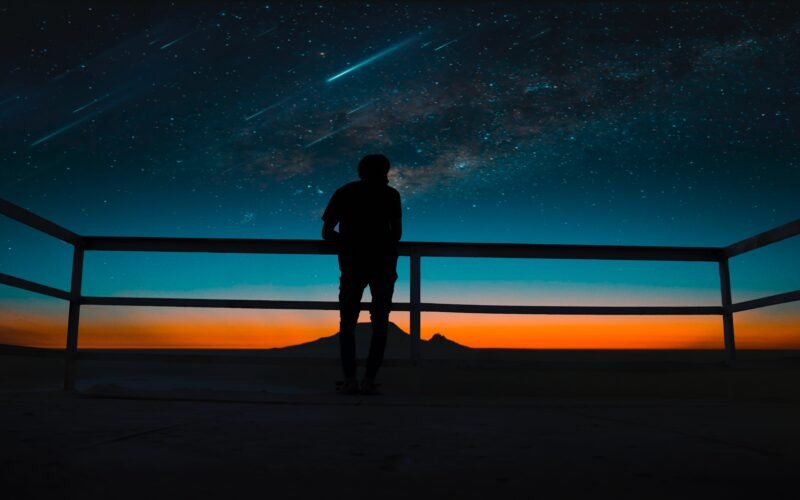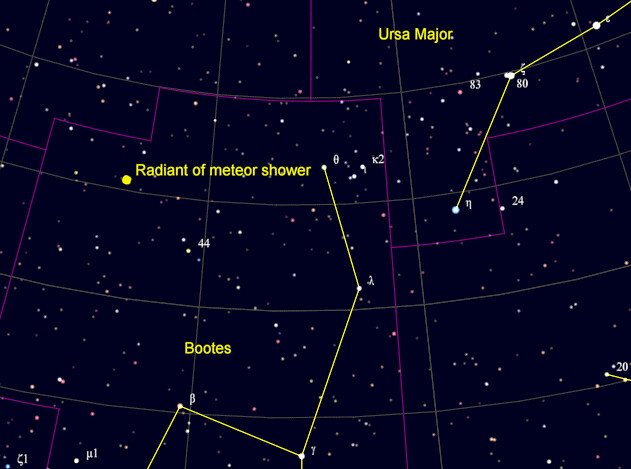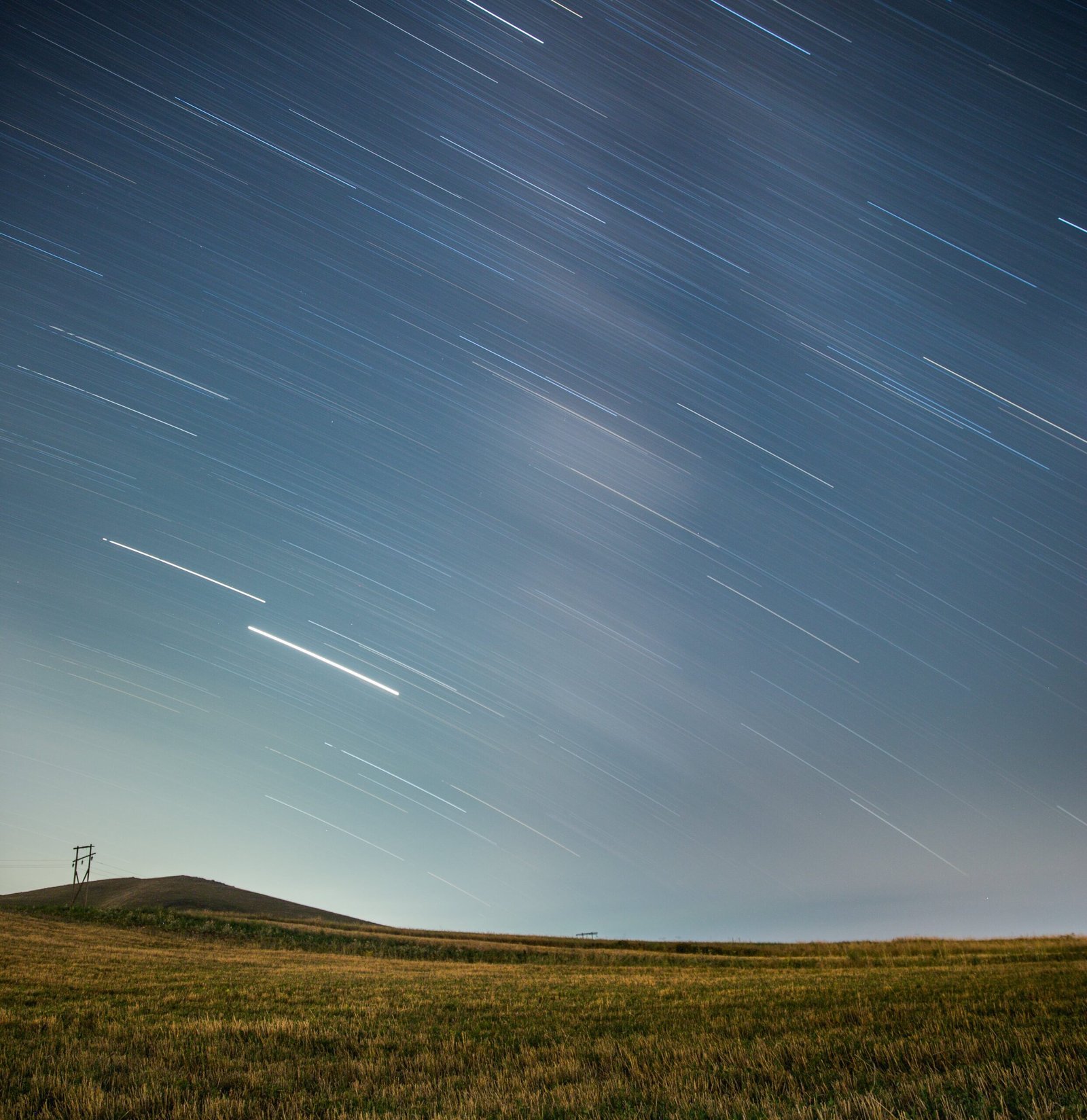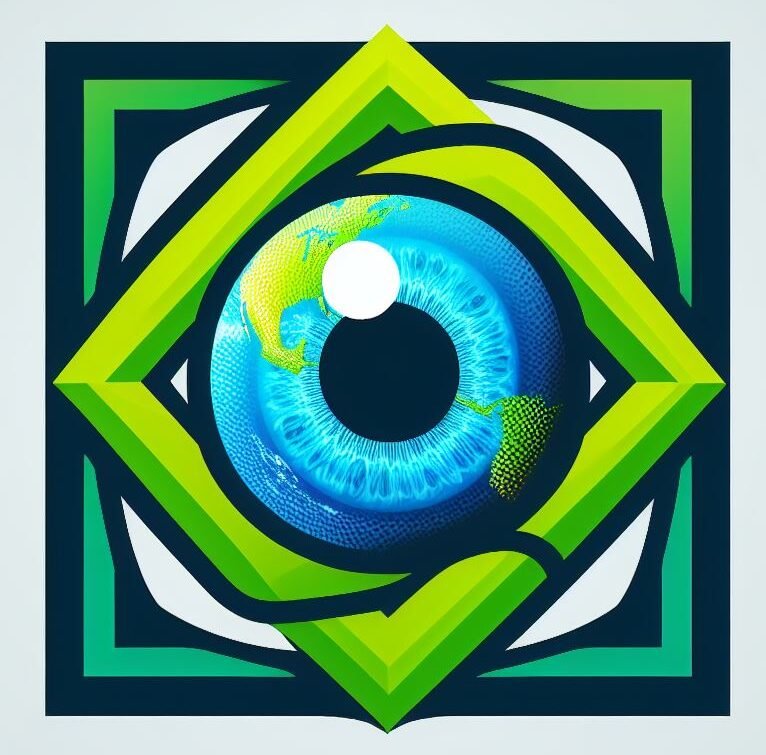
Its here!! 2024 ‘s 1st meteor shower : The Quadrantid shower on Jan. 3

The year’s first meteor shower, coming to North America Jan. 3 and 4.
At peak activity the meteor count could be 120 meteors per hour at a speed of 25.5 miles (41 kilometers) per second.
These Meteor showers are active from Dec.26,2023 to January 16, 2024 but will peak on January 4th 2024.
Best Meteor Shower of the year
These just about don’t make it to the strongest Meteorite shower of the year because of their short length of maximum activity ( Just 6 hours) and poor weather experienced in early January, as per the American Meteor Society.
The best meteor shower still remains the Geminid Meteor Shower in December every year.

The Quadrantids lack persistent trains but do produce bright fireballs.
Quadrantids are also known for their bright fireball meteors.
Fireballs are larger explosions of light and color that can persist longer than an average meteor streak.
Unfortunately the people in living in south America will not be able to witness this celestial extravaganza as the Quadrantids have a high northernly declination.

Best time to watch
Predictions show a peak between local hours 1 AM -5 AM. Observers in western regions will get to see it earlier in this time frame when its darker.

Expert advice
American Meteor Society warns that the half illuminated moon( 51% Full) will interfere somewhat with the viewing but you can negate the moons effect by blocking the moon with a tree or a building and viewing towards the northern half of the sky.
So, it will likely be not worth travelling to dark skies as the moonlight floods the sky with light and makes it difficult to see fainter shooting stars (though the Quadrantids are known to produce bright fireballs that cut through light pollution of all kinds)

Why is it called Quadrantid Meteor?
Meteor showers are typically named after the constellation from which they appear to come from. In the case of the Quadrantids, that’s the Constellation Bootes( originally Quadrans Muralis, though it is no longer recognized as a constellation).
The constellation for which a meteor shower is named only serves to aid viewers in determining which shower they are viewing on a given night.
The constellation is not the source of the meteors.
Also, you should not look only to the constellation of Bootes to view the Quadrantids – they are visible throughout the night sky.

Because of its position in the sky, the Quadrantid meteor shower is only visible in the Northern Hemisphere.
Where do Meteors come from?
Shooting stars are meteoroids — small, rocky particles that strike Earth’s atmosphere.
Meteors come from leftover comet particles and bits from broken asteroids. When these objects come around the sun, they leave a dusty trail around their orbits. Every year the Earth passes through these debris trails, which allows the bits to enter our atmosphere where they disintegrate and burn to create fiery and colorful streaks in the sky.

The Quadrantid meteor shower is thought to be caused by dust and debris left in the inner solar system by the asteroid ( or possibly a “rock: comet)2003 EH1, which orbits the sun every 5.5 Earth years.
2003 EH1 was discovered on March 6, 2003, by the Lowell Observatory Near-Earth Object Search (LONEOS). 2003 EH1 is a small asteroid( It is possible that 2003 EH is a “dead comet” or a “rock comet.”) – its diameter measures only about two miles (three kilometers) across. It was astronomer and research scientist Peter Jenniskens who discovered that 2003 EH1 is the source for the Quadrantid meteors.







